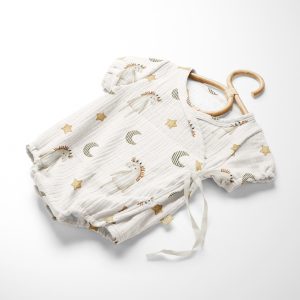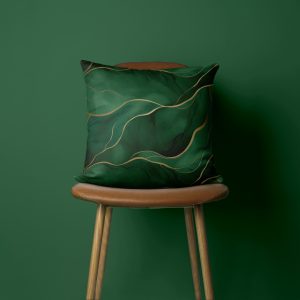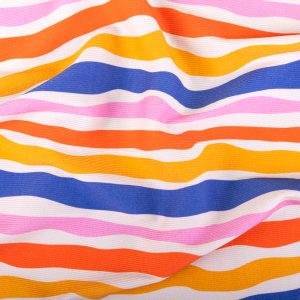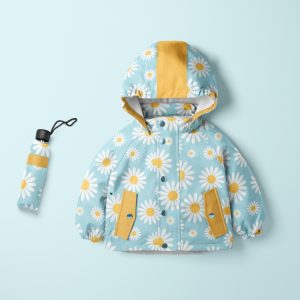You’re trying to give sewing with a machine a whirl, but you have no clue how to start? Or maybe you think that sewing is a complicated craft reserved exclusively for professionals? Nothing could be further from the truth. Modern technologies used in machines make sewing possible for everyone. For starters, it is worth to acquire appropriate accessories and fabrics and master basic sewing techniques.
Table of Contents
- Where to start?
- Simple sewing machine for beginners
- The best sewing fabrics and accessories
- What are the basic sewing techniques?
- Summary
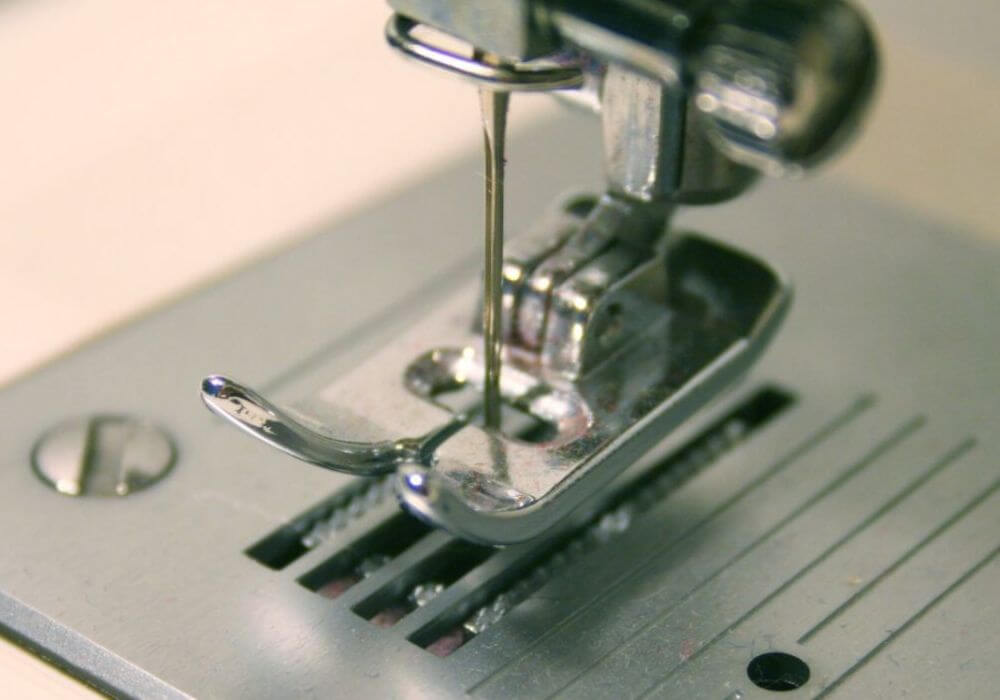
Before the commencement of your sewing adventure, the most important concerns are, above all, willingness and patience. Beginners must bear in mind that the preparation of their projects comes with continuous changes and improvement of their skill. It is worth familiarising yourself with the basic sewing techniques, which are based on the mastery of specific stitches and the operation of the sewing machine. With time, the developed habits will result in majestic results in the form of clothes or accessories sewn on your own.
Where to start?
Every craft requires the right tools, and sewing is not just a needle and threads that you can find in almost every home. However, if these are the only accessories at your disposal, you can learn some simple hand stitches. These techniques are as reliable as the ones made with the machine, and sometimes they turn out to be even better. Mastering these basics allows you to move on to the next stage, which is selecting the right equipment. Even an old, easy to use sewing machine for beginners borrowed from your neighbour or grandmother is enough.
Check also: How to start sewing with the machine?
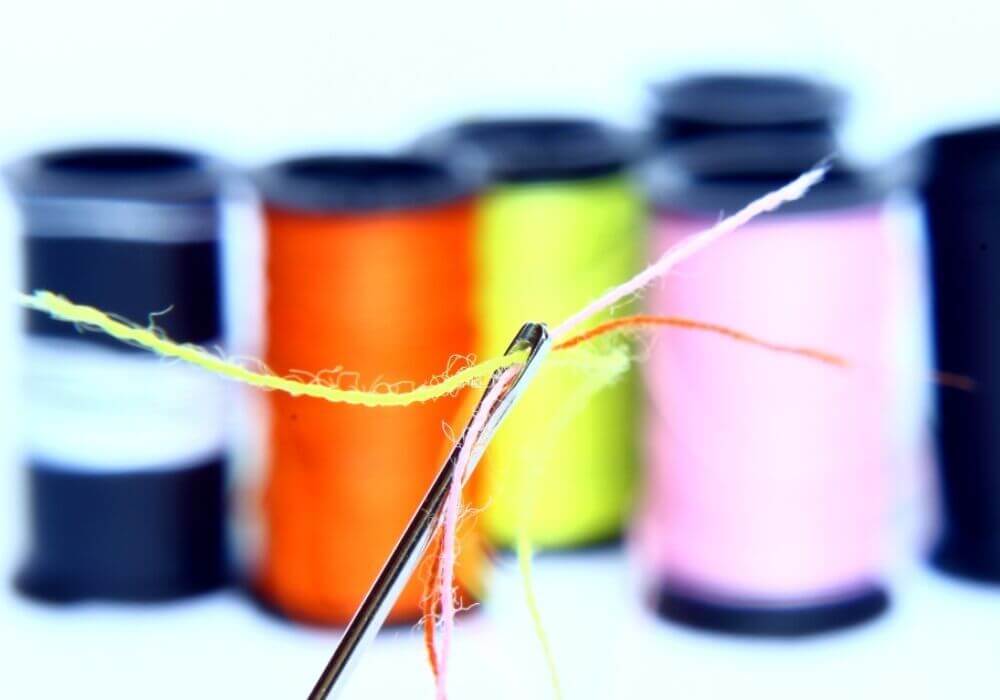
Professional courses may be a good solution for people who lack the motivation to work at home. This way, you can develop proper habits from the very beginning, which in the future will reduce the number of corrections and mistakes during sewing.
Simple sewing machine for beginners
When choosing the very first sewing machine, you should not pay much regard to a beautiful casing or a low price. What counts above all is its functionality, which will serve for many years of use. High-quality device must be equipped with a hook race, a transporter, an upper thread tension regulator and a free arm. The most important element of the machine is the presser foot, which allows sewing any stitch.
Check also: How to choose a sewing machine for beginners?
The best solution, both for the beginners as well as for the more experienced ones, are multifunction machines, which are machines that come with at least the straight stitch and one flexible stitch. Such equipment can be divided according to the technologies used in it. A distinction can be made between mechanical, computerised and electronic machines. Mechanical devices with step regulation are the easiest to operate. When choosing this type, you should consider whether it will serve as a sewing machine for thicker textiles such as curtains, or lightweight woven and knitted fabrics intended for children’s clothing.
The best sewing fabrics and accessories
Everyone who has just started planning such an undertaking must stock up on the accessories required to sew with the machine, such as threads, needles, bobbins or scissors. A tape measure is also an important accessory that allows for precise measurements of the fabric.
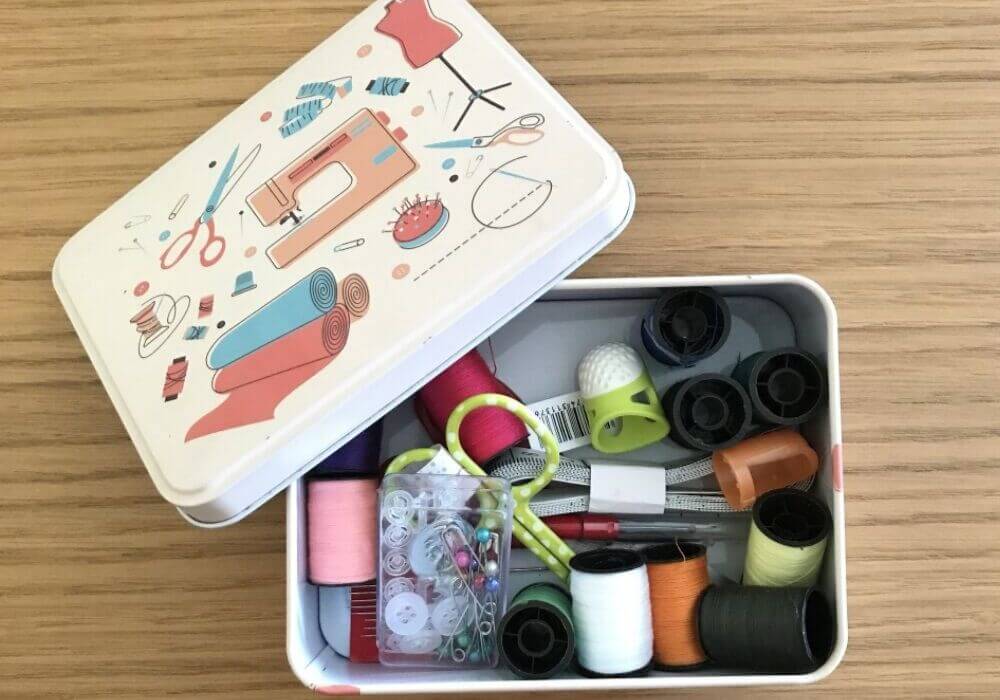
Nevertheless, the fabrics and accessories for sewing are not everything. For machine work, sewing patterns may also be necessary to use, i.e. metal plates with ready-made designs. This technique is all about marking and cutting out a certain pattern out of the fabric. Sewing patterns for beginners are available in many different variations of differing degrees of complexity.
What are the basic sewing techniques?
One of the easiest stitches to master is the straight stitch, also known as the backstitch. It works well when, among others, sewing zippers, rolling up sleeves or sewing two pieces of fabric. Triple straight stitch, which is more rigid, is a very popular variation of it. Another technique worth tackling is a so-called decorative stitch (e.g. chain stitch, string stitch). This stitch is used for finishing clothing elements with a machine and depends on your preferences and sense of aesthetics.
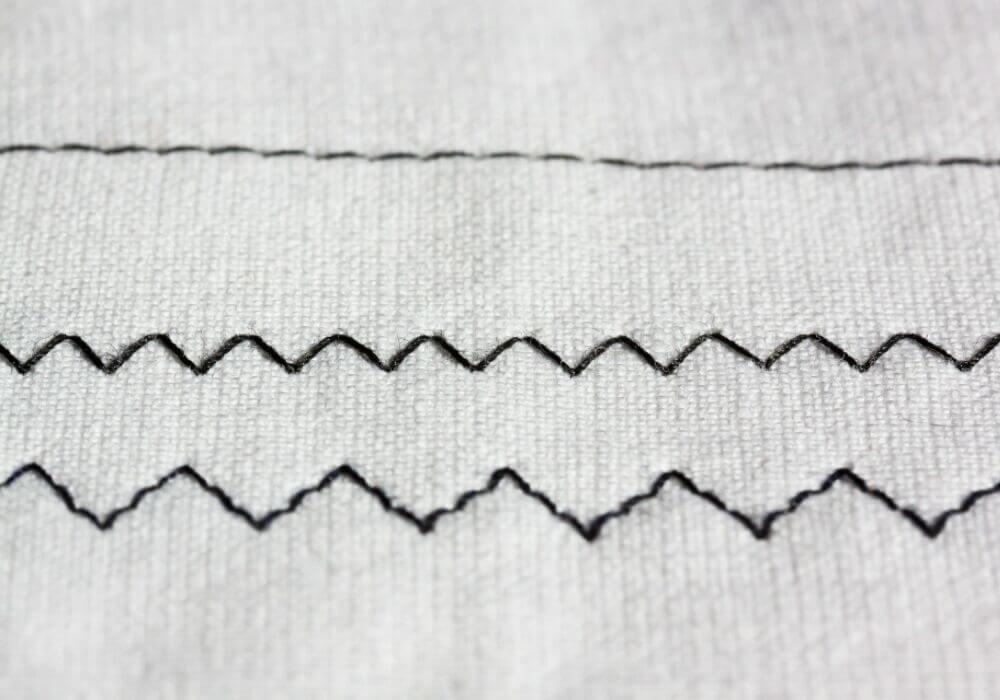
Some of the other basic sewing techniques performed using the machine are:
- zigzag stitch, which is frequently used for hemming fabrics, holes and sewing in elastics. It can also be used as a decorative stitch;
- overlock stitch, which is used to hem edges of fabrics – protects them from unravelling;
- blind hem stitch – its distinctive quality is that it is not visible. There are several variations of it: it can be done, for example, with a blind hem foot or with a guide rail;
- reverse sewing, which is used to finish the stitch and protect it against unravelling – it is perfect, e.g. when using a straight stitch. It can be done with any sewing machine;
- a bar tack is another popular means of securing the stitch – the easiest way to do it is on computerised machines with a bar tack function.
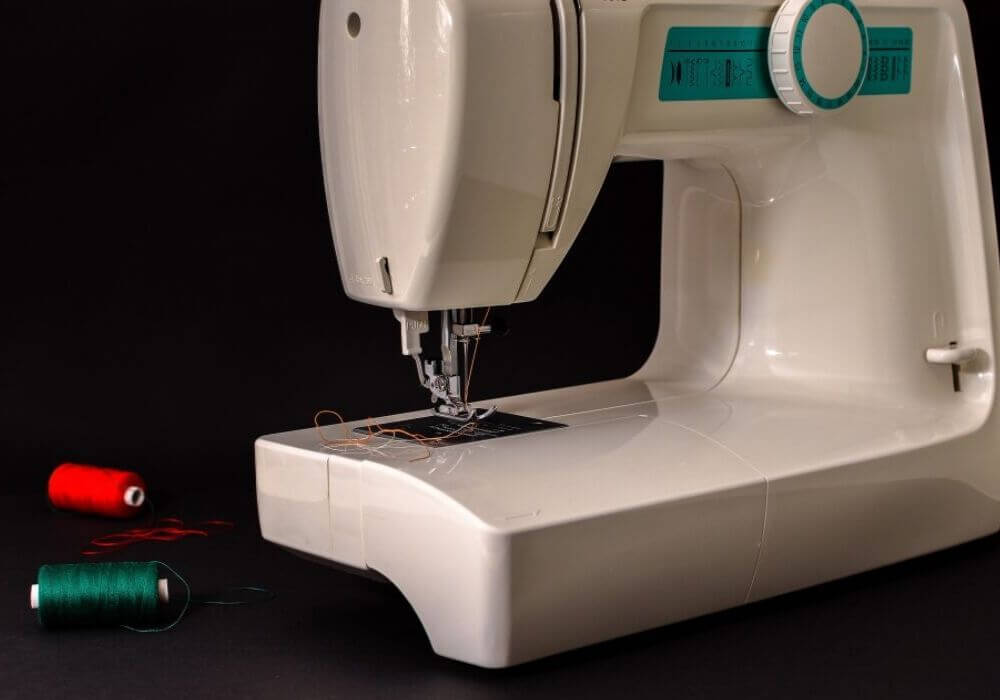
The first step of sewing with a machine is to put the fabric under the presser foot, and then, by pulling the fabric, simple stitches are made. The fabric and threads should be properly secured in place to prevent tangling. Another method is to change the direction of sewing. It can be achieved by raising the presser foot lever to turn the stitch in the direction you intend it to go. The final technique is ending the stitch, i.e. precise securing of the stitch on the fabric, which prevents it from being unravelled.
Summary
It is worth starting sewing with the fabrics found at home and using them to complete the first projects. Beginners should avoid silk, satin and other elastic fabrics. They will slide in the machine and may discourage you from further work. Before picking the right fabric, it is beneficial to get acquainted with its composition and washing method. Opinions of other Internet users may also come in handy. If you are planning to sew with woven or knitted fabrics with a ready-made pattern that you want to choose yourself, check out the sewing fabric collection offered by our online textile printing house.
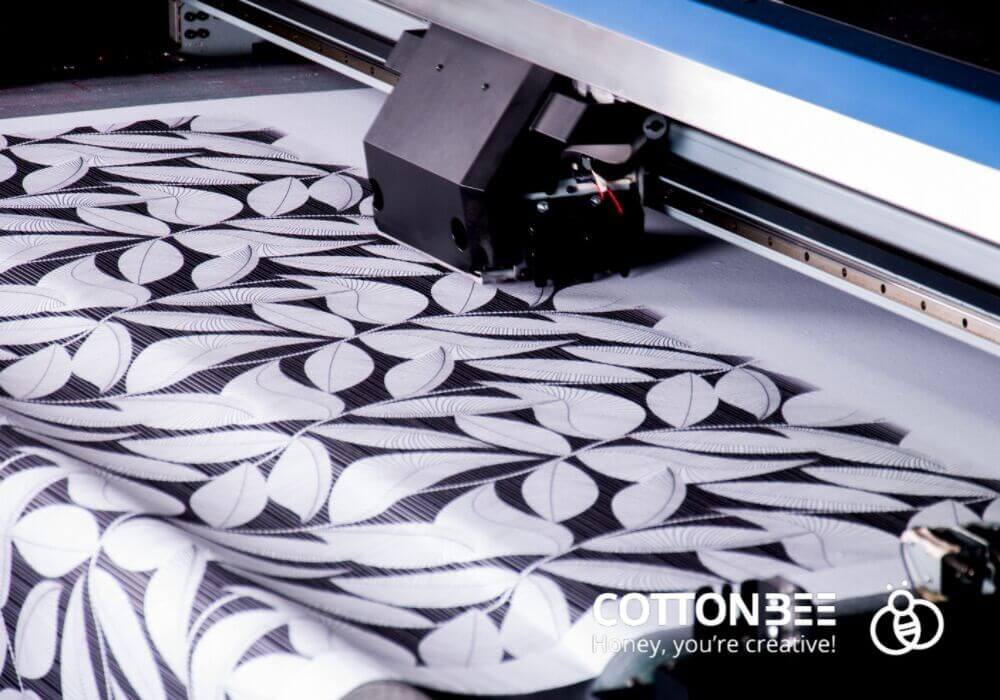
You can also design your own print and commission our printing house to print it on chosen fabrics so that you can sew your clothes and personalised decorations for interior design.


